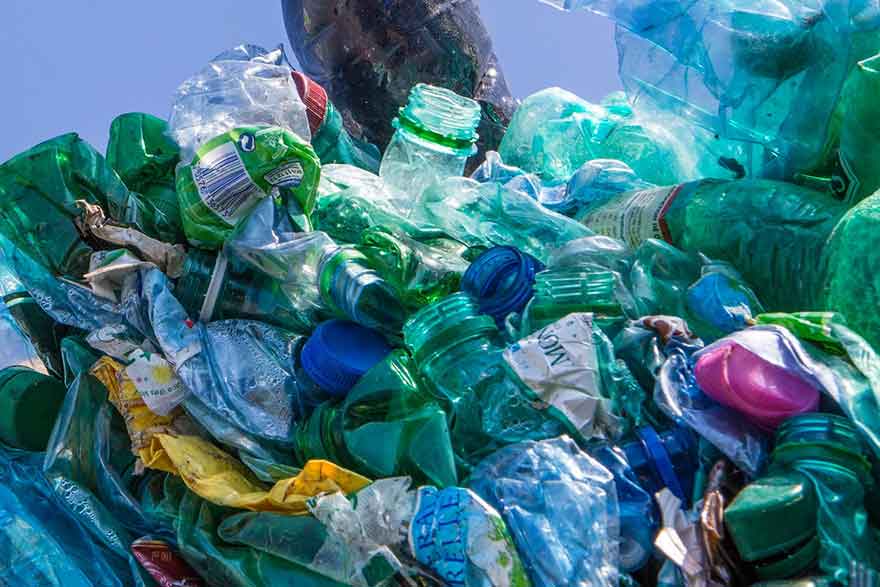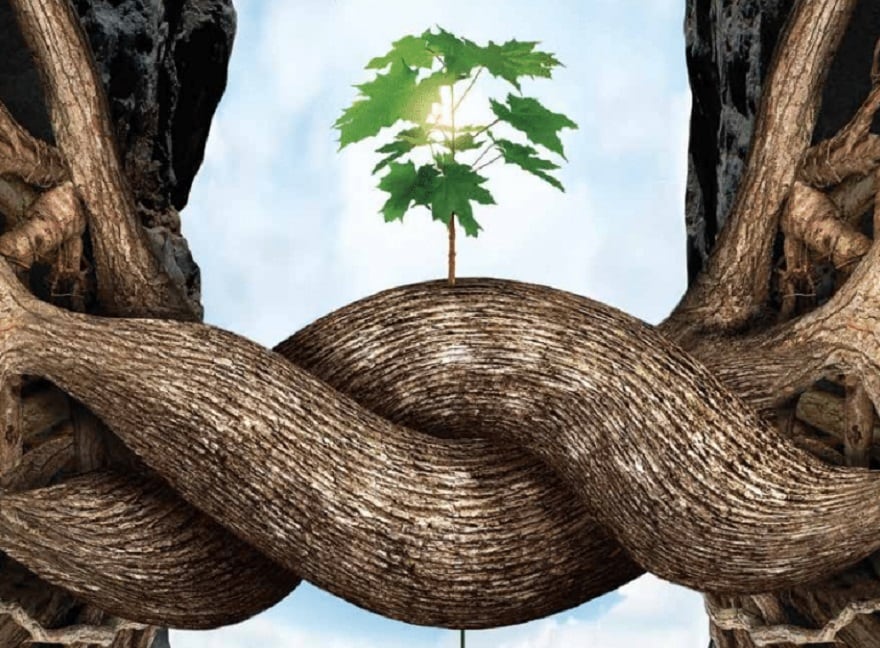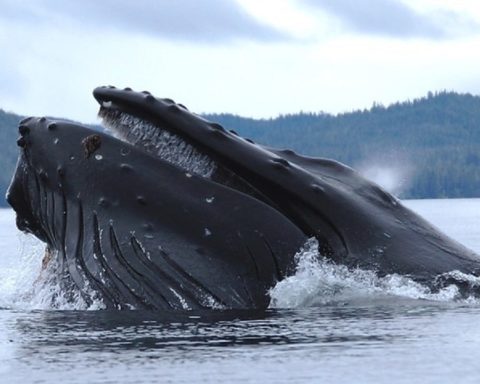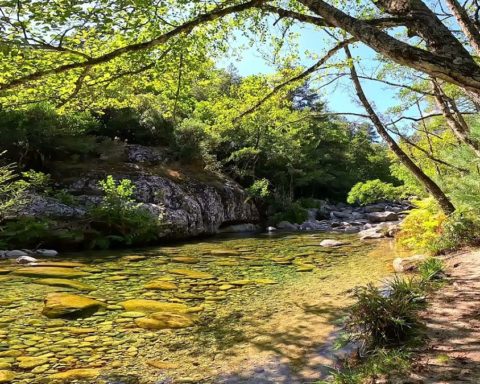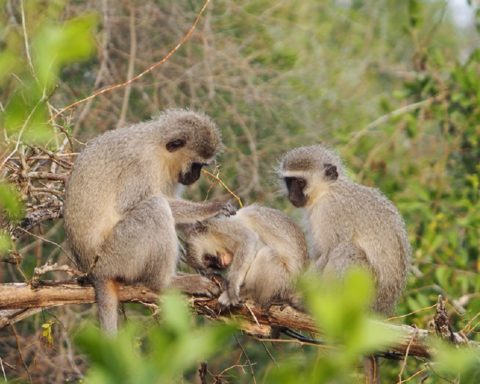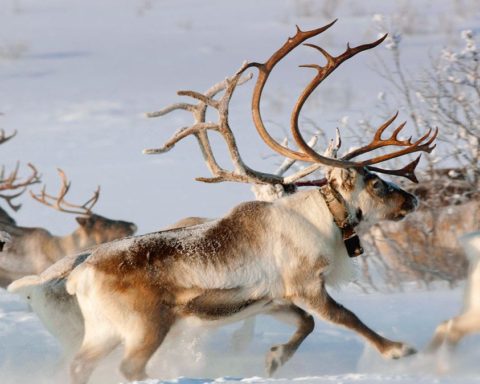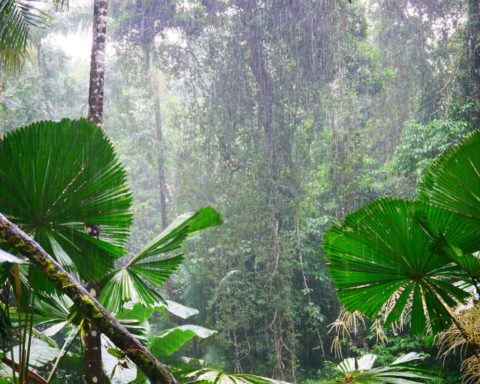The Cook Islands have created one of the largest marine sanctuaries in the world, which will protect a portion of the Pacific Ocean three times the size of France.
Ahe Parliament of the archipelago voted last Thursday the legislation giving birth to this vast area of 1.9 million square kilometres. Environmental activist Kevin Iro, who first proposed the creation of the zone more than five years ago, spoke of a historic day that will help preserve the ocean for future generations. « This is an historic moment, not least because everyone supported the proposal, including the traditional leaders who have been at the forefront of this initiative.« he told AFP.
The Cook Islands has a population of 10,000 and its 15 islands cover a total cumulative area of 236 square kilometres. But its isolated position in the South Pacific, about halfway between New Zealand and Hawaii, means that its maritime territory is immense. The idea is not to strictly prohibit all fishing and mining activities in this marine sanctuary, called Marae Moana, but to ensure that they are carried out in a sustainable manner. However, the sanctuary will include an area of 320,000 square kilometres where fishing will be strictly prohibited.
Cook Islands Prime Minister Henry Puna said the sanctuary should lead the world in ocean management. « Together, we had a vision to make our small country the greenest tourist destination in the world.« he told Parliament, according to the Cook Islands News. " Not only do we recognize that we benefit from the ocean in terms of fishing, tourism and the richness of the seabed, but it also brings us clean air, clean water and food.« he added.
The first sanctuary was created in the Ross Sea...
After years of negotiations, a consensus was reached in October 2016 among the 25 members of the Commission for the Conservation of Antarctic Marine Living Resources (CCAMLR) at its annual meeting in Hobart, Tasmania. Presented by the United States and New Zealand, the project concerns the creation of a protected area in the Ross Sea, a huge bay on the Pacific side. It will cover an area of more than 1.55 million square kilometres, an area larger than France, Italy, Benelux, Germany, Switzerland and Austria combined.
The Ross Sea is sometimes referred to as "the last ocean" because it is considered to be the last intact marine ecosystem on the planet, i.e. not affected by pollution, overfishing or invasive species.
The Ross Sea is home to 38% of the world's Adelie penguins, 30% of the Antarctic Petrel and 6% of the Minke whales. The area is important because there are nutrients that come up from deep water and spread around the world. In addition, krill, those small shrimp that are used as food for whales and seals, live here in large numbers.
Sixth extinction
This information comes against the backdrop of the alert recently issued by several scientists. 58 % of the species would have disappeared in forty-two years (between 1970 and 2012) and this decline will continue if we do nothing, warned already in 2016 the NGO WWF. « Let biodiversity continue to decline, and the natural world as we know it today will collapse in one piece.« warned WWF International Director General Marco Lambertini. « The decline in wildlife populations is a growing concern« he says: " It is expected to average 67% "by 2020, if nothing is done to stop the trend.
" We are witnessing a regression of life on the planet for which we are partly responsible (...) this is a major risk factor for us.« says Pascal Canfin, Director General of WWF France. Because " when the living disappears, it's the natural capital that disappears. And if we destroy that natural capital, we destroy our ability to live on the planet in the long run..."
Generally speaking, the most frequent threat to declining populations is the loss or degradation of their habitat by agricultural activities, forestry, mining, transport, energy production... Other causes: overexploitation (hunting, fishing, poaching...), pollution (industries, urbanization...), invasive species, diseases.
Climate change is currently having only one impact". relatively marginal (...) because we are only one degree warmer... This is the first time that the world has been able to make progress in this area compared to the pre-industrial era," says Pascal Canfin.
But if temperatures rise due to greenhouse gas emissions linked to human activities, scientists promise devastating impacts for humans and ecosystems, due to floods, droughts, storms...
Source: AFP


